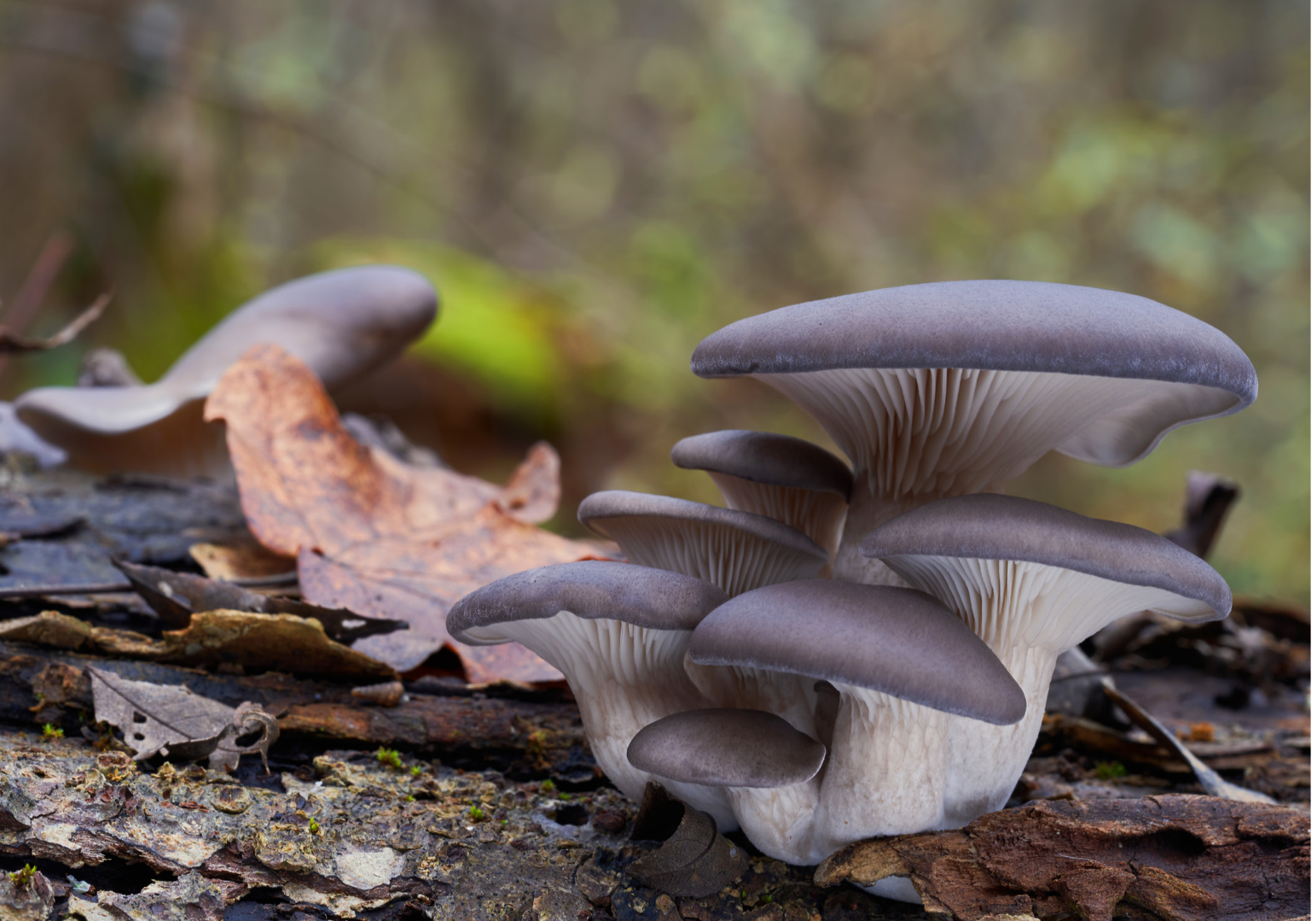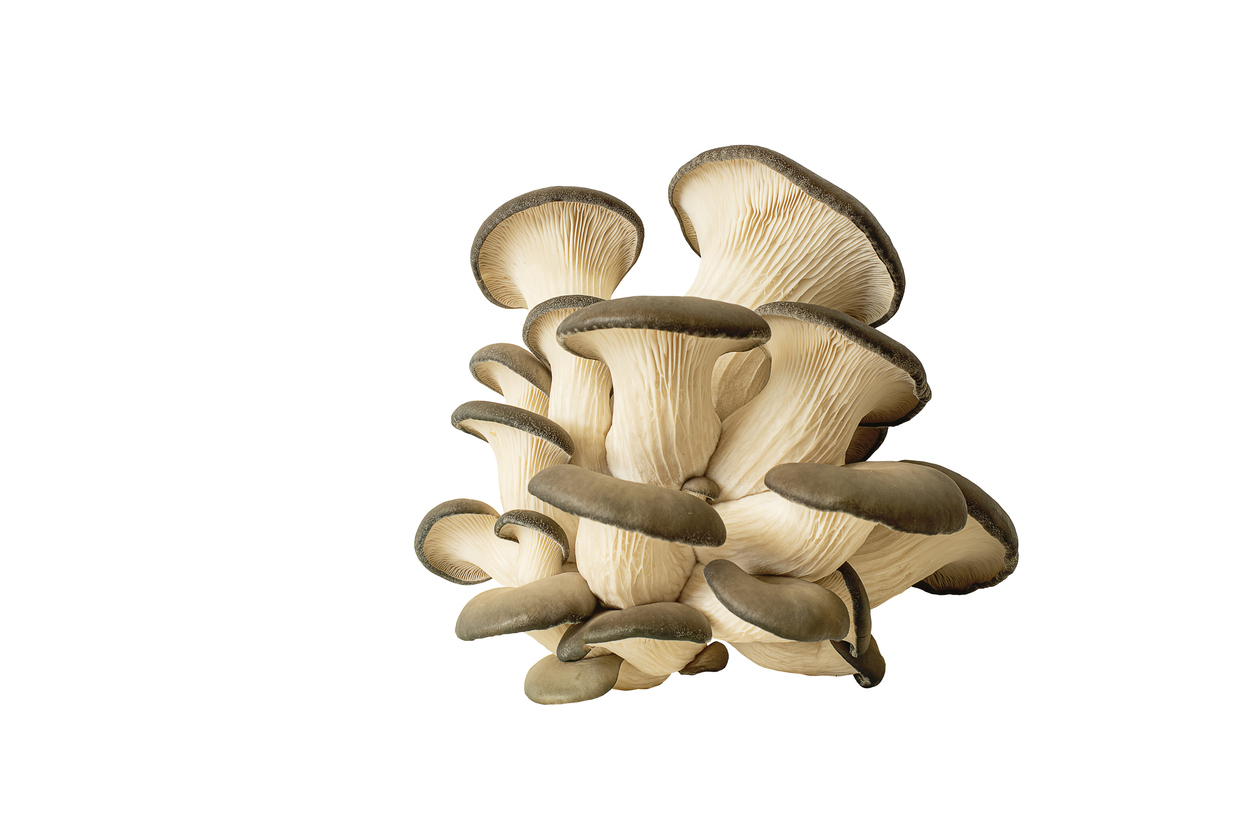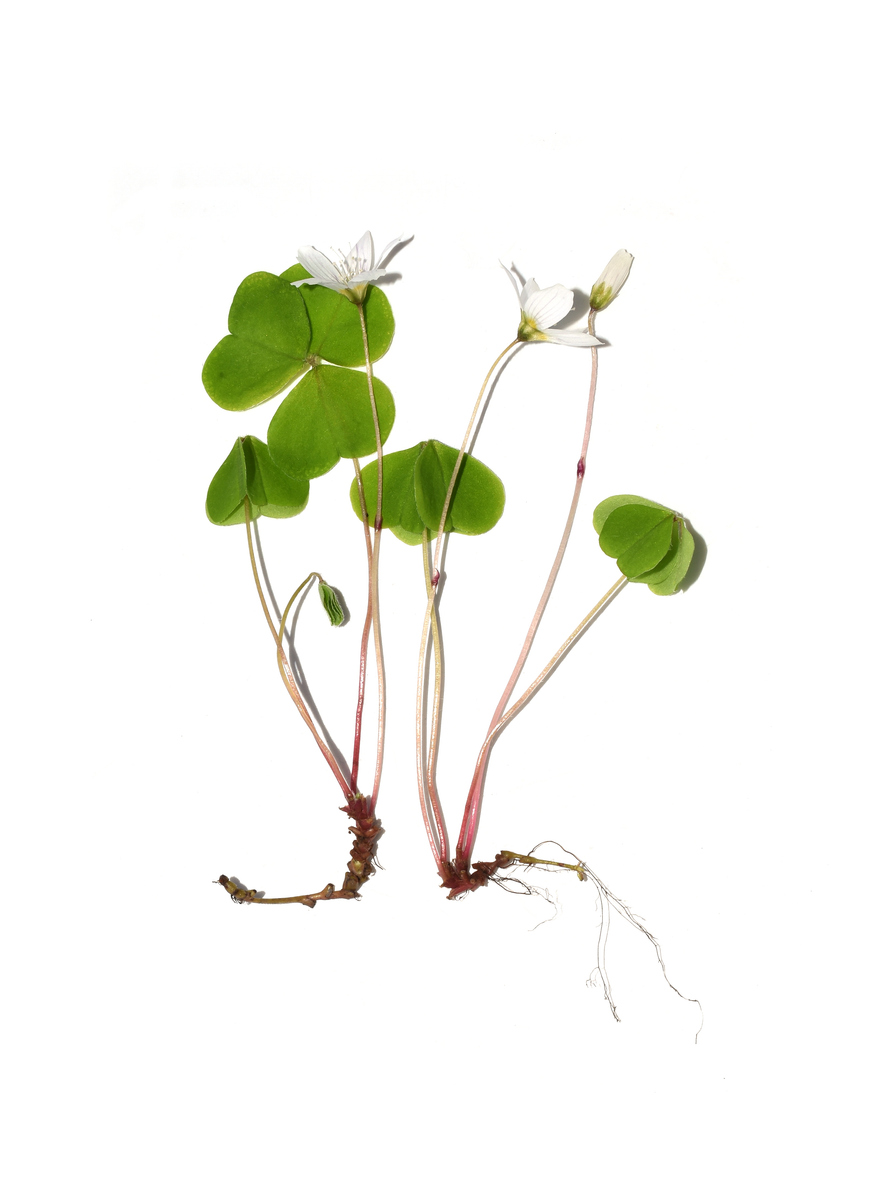
Winter Foraging: Connecting with Nature’s Inner Workings
by PETE COMPSTON
OUR RESIDENT FORAGING FANATIC PETE COMPSTON DISCOVERS WHAT NATURE CAN OFFER DURING THE SEAMINGLY QUIET WINTER MONTHS
As winter deepens, many of us mirror the quieting of the landscape, pulling inward and slowing down. Yet, if we take a moment to observe nature more closely, we’ll find that life is far from dormant. Beneath the surface, an astonishing network of mycelium—the fungal web that interconnects trees and plants—thrums with life, exchanging nutrients and vast information across vast distances. Trees, although seemingly quiet and still, are conducting profound inner work. As their leaves fall, they are busy drawing energy into their roots, preparing for renewal in the spring. This intricate dance of connection reflects the deeper lesson of foraging: to understand nature’s rhythms and how everything, even in apparent stillness, is vibrantly alive.
Foragers are like nature’s apprentices, constantly learning and unlearning as we engage with ecosystems. It’s not simply about harvesting wild foods but about understanding the habitats that nurture them. Each organism offers its wisdom and nourishment—physical, mental, and spiritual.
Instead of viewing winter as a time for hibernation, we can follow nature’s lead, embracing it as a time for inner work and growth. Seasonal Affective Disorder (SAD) may push us indoors, relying on synthetic heat and artificial light, but nature offers a grounding connection that artificial environments simply cannot replicate. By stepping outside, reframing how we view the cold, reaping the benefits (as much as our health allows us) and reconnecting with nature’s rhythms, even in the colder months, we can foster a balance that benefits our well-being.
At Pendle Plant Craft, we continually explore these connections through our foraging walks, gatherings, and social media channels. Our community celebrates nature’s wonders in all seasons, finding joy in mindful foraging and the wisdom of wild plants, trees, and mushrooms. Everyone is welcome to learn, share, and connect in a supportive, kind environment.
Winter Foraging
This season, we explore three unique organisms: Yarrow, Oyster Mushrooms, and Wood Sorrel —each with its own story to tell.
Yarrow (Achillea millefolium)

Yarrow
Yarrow is a hardy herb known for its feathery, fern-like leaves making it an easily identifiable plant in fields, meadows, and even disturbed soils. Yarrow is revered for its myriad healing properties.
One of Yarrow’s most remarkable features is its versatility—both in terms of medicinal applications and culinary uses. As a digestive tonic, Yarrow helps alleviate bloating, indigestion, and cramps by stimulating bile flow and supporting gut health. It’s also known for its anti-inflammatory, antiseptic, and astringent properties, making it useful for treating colds, fevers, and minor wounds. Yarrow tea, often used in traditional herbal medicine, is known for breaking fevers by promoting sweating, while poultices of the leaves can reduce swelling and pain in sprains and bruises. It can also help with issues like ulcers, abscess’ and piles.
“Yarrow is revered for its myriad healing properties”
In winter, Yarrow’s bitter flavour can be mellowed by cooking, and small amounts added to soups, stews, or risottos lend a herbaceous depth. As a forager, you can harvest Yarrow year-round, but be mindful of gathering it from clean, uncontaminated areas, as it absorbs nutrients and chemicals from the soil around it.
At Pendle Plant Craft, we use Yarrow in our herbal salves and teas for its wound-healing and immune-boosting properties. Its role in folk medicine as a “cure-all” speaks to its extensive benefits, making it an essential part of our winter foraging toolkit. We believe that this remarkable herb exemplifies the balance between nature and nurture, supporting health in harmony with natural rhythms.
Oyster Mushrooms (Pleurotus ostreatus)

Oyster Mushrooms
Oyster Mushrooms are a forager’s delight—found growing in clusters on decaying hardwoods, particularly beech trees, these fungi are both delicious and accessible throughout much of the year, especially in the cooler months.
In terms of flavour, Oyster Mushrooms have a mild, slightly sweet, and earthy taste with a delicate texture, making them a perfect addition to risottos, stir-fries, or soups. They also have a tender, almost buttery quality when cooked, and they soak up flavours beautifully, enhancing both simple and complex dishes.
“Regular consumption of Oyster Mushrooms may support heart health by lowering cholesterol”
Not only are they a great culinary choice, but they also come with significant nutritional and medicinal benefits. Oyster Mushrooms are packed with vitamins, minerals, and antioxidants, including vitamin D, B vitamins, and potassium. They’re also known for their immune-boosting properties, containing compounds that have been researched for their antibacterial, anti-fungal, and anti-inflammatory effects. Regular consumption of Oyster Mushrooms may support heart health by lowering cholesterol levels and improving blood circulation.
Foragers can find them on fallen or decaying hardwood trees, making them a symbol of nature’s ability to recycle nutrients and sustain life even in the colder months. When foraging for Oyster Mushrooms (Pleurotus ostreatus), look for their distinctive fan or oyster-shaped caps, which range in colour from white to light grey or brown. They grow in a shelf-like formation, typically on hardwood trees.
A key identifying feature is their decurrent gills, which run down the length of their short, sometimes absent, stems. These gills are white or light-coloured, tightly packed, and continue into the stalk, differentiating them from similar species. The flesh of an Oyster Mushroom is thick, firm, and white, with a mild, sweet odour, sometimes described as faintly anise-like. Additionally, Oyster Mushrooms tend to grow in dense clusters, often overlapping. They usually fruit in cooler temperatures, particularly from late autumn to early spring, but can be found throughout the year.
To avoid confusion with other mushrooms like Angel Wings (Pleurocybella porrigens), which can appear similar but have thinner, more fragile caps, be sure to check the substrate—Oyster Mushrooms grow predominantly on deciduous trees. At the same time, Angel Wings are typically found on conifers.
Wood Sorrel (Oxalis acetosella)

Wood Sorrel
Wood Sorrel, with its heart-shaped leaves and zesty, lemon-like taste, reminds us of nature’s vibrancy—even in winter. Growing in the cool, shaded understory of forests, this small plant packs a punch, offering high levels of vitamin C that help support immune health during the colder months.
Wood Sorrel has been enjoyed traditionally in salads and soups, and its folklore connections to protection and good fortune add to its charm. However, it does contain oxalic acid, so moderation is essential.
Foragers can confuse it with clover, but both are safe to consume. However, it is still always good practice to positively identify plants before consumption, and consider joining foraging walks, such as those offered by Pendle Plant Craft, to deepen your understanding of local flora.
Foraging Responsibly
As we step into nature, it’s essential to tread lightly. At Pendle Plant Craft, we emphasise the importance of respectful and sustainable foraging practices. Here are some key tips:
- Identification: Ensure you can confidently identify wild plants or mushrooms before consumption.
- Sustainability: Harvest mindfully, leaving enough for the ecosystem to thrive.
- Education: Join local foraging groups or attend workshops to learn more about local flora.
- Respect: Always consider the environment’s long-term health when foraging.
Winter Wild Risotto Recipe

Winter Wild Risotto Recipe
This warming risotto combines foraged ingredients into a hearty, delicious dish perfect for a winter evening.
Ingredients:
- 1 cup Arborio rice
- 4 cups vegetable or mushroom broth
- 1 cup dry white wine (optional)
- 1 medium onion, finely chopped
- 2 cloves garlic, minced
- Oyster mushrooms, cleaned and sliced
- ½ cup Wood Sorrel leaves, roughly chopped
- 1-2 teaspoons finely chopped Yarrow leaves
- ¼ cup Beech Tree Nuts, roasted and chopped
- 2 tablespoons olive oil or unsalted butter
- Salt and pepper to taste
- Freshly cracked black pepper
- Grated Parmesan cheese (optional)
Instructions:
- Warm the vegetable or mushroom broth over low heat and keep it warm throughout the cooking process.
- Heat olive oil or butter in a large pan. Add the onion and sauté until soft, about 5 minutes. Add the garlic and cook for another minute.
- Add the Oyster mushrooms, cooking for about 7 minutes until softened—season with salt and pepper.
- Stir in the Arborio rice, coating it in the oil. Cook for 1-2 minutes until translucent.
- Pour in the white wine and let it simmer until mostly evaporated.
- Add one ladleful of warm broth at a time, stirring continuously. Allow the liquid to absorb before adding more, and continue for about 20-25 minutes.
- Stir in the Yarrow and Wood Sorrel just before removing the risotto from the heat. Taste and adjust seasoning.
- Garnish with roasted Beech Nuts and freshly cracked black pepper. If desired, top with grated Parmesan and a drizzle of olive oil.
NorthernLife Dec/Jan/Feb 24/25





